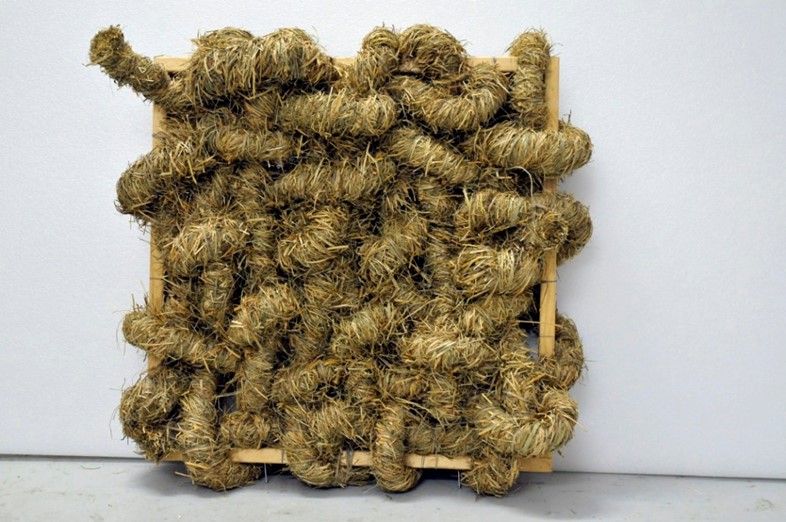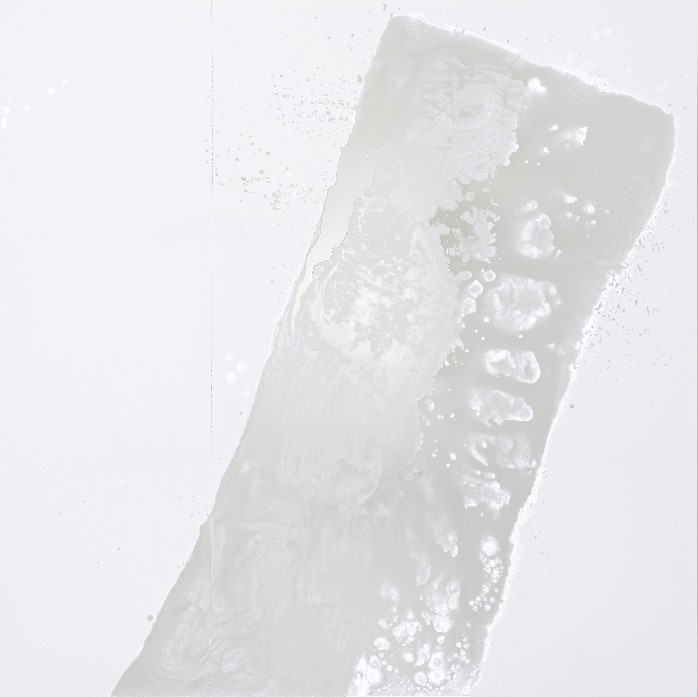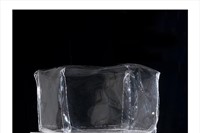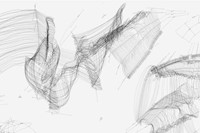Between Nothingness and Eternity at London’s Regina Gallery features new work by some of the most exciting contemporary artists to have emerged from Berlin’s (rapidly changing) scene over the past decade, and explores fundamental questions about our

Between Nothingness and Eternity at London’s Regina Gallery features new work by some of the most exciting contemporary artists to have emerged from Berlin’s (rapidly changing) scene over the past decade, and explores fundamental questions about our psychic relationship to the void. Curated by physicist-cum-artist Peter Lang, the show promises to evoke the unique and complex atmosphere of the city itself, while exploring wider notions of what holds the fabric of the universe together.
Why the title Between Nothingness and Eternity?
Peter Lang: Art has the capacity to enshrine a particle of infinity, which is what this exhibition seeks to demonstrate. However, in the present time, no one can ascertain which contemporary work of art contains this particle, so it’s left to the speculation of curators and the assertion of artists. The radio message sent to ground station by the Soviet cosmonaut Yuri Gagarin in 1961 was an early and very topical analogy: “Dark, comrades, is outer space – very dark.” My question is what knowledge still lies ahead of us once we know what dark matter consists of, and will we be able to cope with it philosophically?
What inspired you to put this show together? Is the notion of emptiness a key concern?
PL: I was musing over what kind of show I wanted to do in London, and what connected the various artists involved. Slowly my thoughts wandered to my youth and the music that I was listening to back then. Suddenly, there was this title of a record by John McLaughlin: Between Nothingness and Eternity. Even as a schoolboy I was interested in black holes (the phenomenon of gravitation), which probably explains why I went on to study theoretical physics, so all this is obviously connected. For me, a curator is an impresario, a researcher and a recogniser of patterns. I suppose I’m mainly interested in what the meaning of it all is and what keeps things together.
Do you believe we became more interested in the notion of eternity after the dropping of the atom bomb?
PL: Dropping the atomic bomb was certainly a breach of civilisation, the consequences of which have not been fully grasped to this day. That day science lost the ethical position it had always been claiming. I believe that this is currently shifting back into the public focus, particularly in Japan. Maybe Auschwitz and the countless other crimes against humanity in the 20th century have left us with a kind of apocalyptical tunnel vision – particularly in the visual arts. On the other hand, every great piece of art raises new hopes. The way I see civilisation moving towards the future is inspired by Heiner Müller’s description of the luckless black angel: buried under the rubble, waiting for his wings to flap. The hope for a better future is chimerical, but in art at least it can be expressed – in the mere existence of a great work of art.
Between Nothingness and Eternity is on show at the Regina Gallery in London From September 10.



